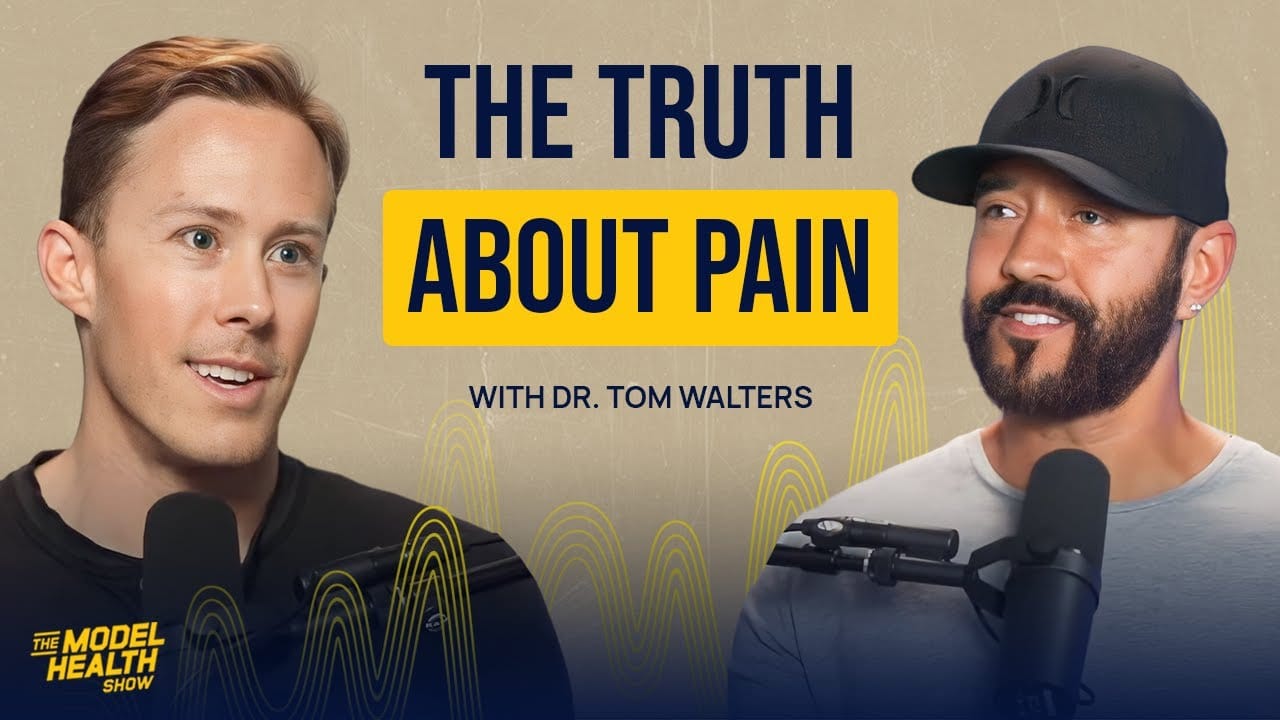Pain is a fascinating and complex experience essential for survival and protecting the body from harm. While it is commonly associated with physical injury and tissue damage, pain is an output created by the brain in response to perceived danger or threat.
Before recent research, pain was viewed through a mechanistic Cartesian model in which pain receptors in the body transmit a signal to the brain in response to tissue damage. However, it is now understood that pain is more accurately viewed as a danger receptor, with nociceptors in the nervous system detecting high-threshold stimuli and sending danger messages to the brain.
Once the brain receives these danger messages, it will determine whether or not to create pain based on the situation. While pain is necessary for protecting the body in many cases, there are also times when outputting pain could be harmful, such as when a person needs to move quickly in a dangerous situation.
It is important to note that pain is a unique experience for each individual, with neural signatures forming an individualized pattern of brain activity to create pain. Factors such as perception and tolerance levels play a role, and the same injury may result in varying experiences of pain in different individuals.
Understanding pain is crucial for effectively managing and treating it. As research continues to uncover new knowledge about the brain and nervous system, there is hope for better pain management techniques in the future. Additionally, education and the reduction of fear and anxiety surrounding pain can play a significant role in promoting healing and recovery for individuals experiencing pain.
*****
*****
Summary of Transcript:
In this YouTube video, the speaker discusses the science of pain and how the brain processes it. Pain is an unpleasant physical or emotional experience associated with actual or potential tissue damage. However, recent research suggests that pain comes from the brain and is an experience outputted by the brain in response to perceived threat or danger. The brain decides whether or not to create pain by constantly weighing the situation and determining if it is necessary for survival and protection. The speaker also touches on pain education and how it can help reduce fear and anxiety around pain and how pain varies from person to person based on individual neural signatures and stress levels. The Cartesian model, which looks at the human body as mechanistic, was the prior model for looking at pain. Still, recent research has shown that it is more appropriate to think of pain as danger receptors, known as nociceptors.
*****
Summary of Description:
This podcast discusses the fastest way to heal from injuries and the importance of pain education. It describes how pain can be caused by potential tissue damage and the psychological factors that can influence it. It also explains the biopsychosocial model of physical therapy and the connection between the nervous system’s sensitivity and pain. The podcast dispels myths about immobilization and emphasizes the need for active participation in injury recovery. It also explores the links between the immune system, pain sensors, flexion sensitivity, depression, and low back pain. The podcast concludes with a discussion of the three primary phases of wound healing.
*****
Source Description
The FASTEST Way to HEAL from Injuries
In this episode, you’ll discover the following:
* Why pain education is so important.
* The definition of pain.
* How the potential for tissue damage can create pain in the body.
* What nociception is.
* The psychological factors that can influence pain.
* What the biopsychosocial model of physical therapy is.
* How the nervous system’s sensitivity can affect pain sensation.
* The truth about immobilizing an injury.
* Why pain and injury recovery requires active participation.
* The fascinating link between the immune system and pain sensors.
* What is flexion sensitivity.
* The connection between depression and low back pain.
* Main differences between injury and pain.
* Three primary phases of wound healing.
Timestamps:
0:00 – Intro
00:23 – what is pain? / pain education
10:10 – Pain and The Placebo Effect
28:27 – Move Through Your Injuries
42:05 – Pain and Your Nervous System
51:00 – Flexion Sensitivity
58:00 – Pain vs. Injury
1:02:35 – The Process of Healing
1:06:30 – Rehab Science Book
Visit http://themodelhealthshow.com/ to subscribe for free updates, new episodes, and much more.
The Model Health Show has been featured as iTunes’s #1 Fitness & Nutrition podcast. Thanks so much for listening and sharing!
#shawnstevenson #tomwalters #injury #pain #rehab #health #healing
